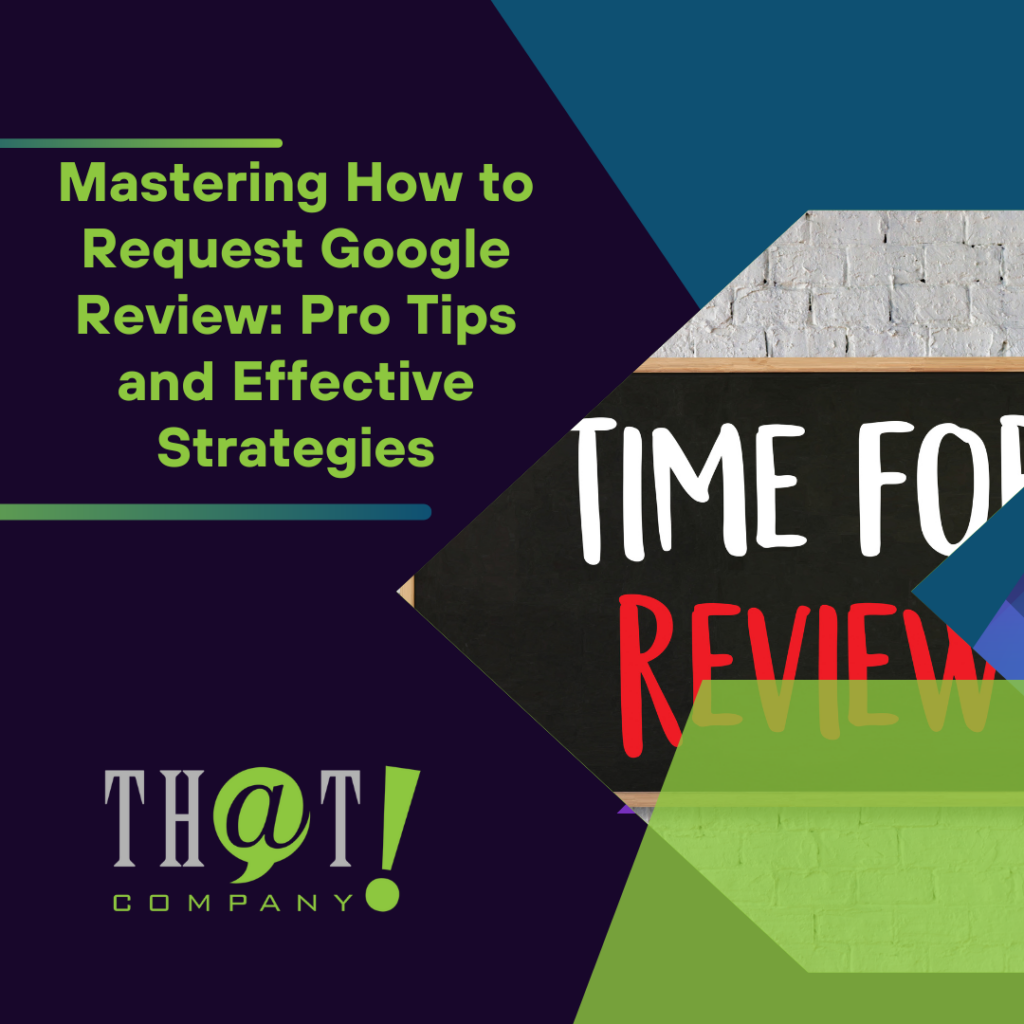There are many facets to search engine optimization (SEO), and sometimes we discover that there are more issues than we might initially suspect. When someone asks, “Why is my site not ranking?”, we must make some in-depth analyses to help us figure out what the problem is before we can even think about making changes. We’ll then need to figure out reasons why the rankings and/or traffic is falling. Lastly, we make appropriate changes based on what we’ve figured out.
Step 1: Figure out the problem
 There are several things that we can do to in order to figure out the actual problem. For starters, we can look at the appropriate analytics data, be it Google or some other analytics program. Dial down to different sections to see where the issues are most visible. It can take some time to find; however, once found you can compare to Google trends. This will help you figure out if there has been a drop in overall interest in that specific search.
There are several things that we can do to in order to figure out the actual problem. For starters, we can look at the appropriate analytics data, be it Google or some other analytics program. Dial down to different sections to see where the issues are most visible. It can take some time to find; however, once found you can compare to Google trends. This will help you figure out if there has been a drop in overall interest in that specific search.
We may want to look into sectioning off parts of the website so that it can be easier to organize and scan for the problem. The site folders, such as those within the URL structure, make for great sections. For example, Investigating the /post section from the /products section is a good idea. With the sections, we can determine through other methods, such as the one listed above, if they are having issues.
As the world leading white label provider to agencies across the globe we can help you deliver outstanding SEO results for your clients. Can we help you? Check out more about our White Label SEO Services and learn how we help you achieve the outcomes you are looking for.
We definitely want to perform some tests using search queries and rank tracking software. Checking the rankings of our targeted keywords will help us to see if there was a pattern to which keywords have fallen, or if there was a specific day that rankings fell for most keywords. Search the brand name and the target keyword (Brand + Target Keyword). This helps to determine if the brand itself is also dropped or missing. If this is the case, then it can be a more serious problem.
Do a search for some of the content on your page as well. Do this without adding any quotes to see if it results at all. We can use anywhere from six to 26 words and mark down the results. Next, we’d want to perform the same search, though this time we’d want to make sure that we use quotes. We can use this data to see if we’ve got an issue with duplicate content from another website, or if Google may have other issues and that’s not one of them.
We want to check the Google Search Console to see what information it can provide. We may find out that there is a penalty in place due to malware or some other hack issue that we hadn’t picked up through other avenues. We could also find that the server crawl rates are off from the norm, and thus our server could be having issues. Checking when the site was last crawled will help with this as well. Lastly, you’ll want to check to see that the site has been up the whole time and not having some odd server issues with the site being down during crawls.
Step 2: Brainstorm the reasons the problem is occurring
With the problem discovered, we can then figure out what is causing the problem. If we find that our rankings and traffic are down, then we’ve got a few items to look at. We want to look at our competition and see what’s going on with them. They could be encroaching on our space within the results through their own efforts. Competition can sometimes be overlooked for other reasons.
Look for duplicate content issues or a lack of quality content on the pages in question. These are major issues that need attention, even if this isn’t the reason for the problem we’ve found. The searcher’s intent can also change. If we don’t also change, we may find that Google is treating us poorly by reducing our rankings. Good content that isn’t helpful to the user isn’t really much use to the site either.
Technical issues are always something to look at, so we make sure to run site audits in order to find the issues that could be causing the problem. Site audits can help us find a lot of issues, and from there we can determine what might be causing the problem we’ve noticed. Issues with security, bots being unable to crawl, no indexed pages, and more can all cause a multitude of problems. Take special attention if dealing with a separate tech team as they may not realize the consequences of some actions.
What about problems when traffic is down, but rankings are up? Well, the search results could have shifted with new features. The Rank 0, or featured snippet, started showing up more often. That’s one more place for people to click; since it isn’t an ad, it doesn’t get skipped over by some people. Search demand as provided by the trend data could show that people just aren’t as interested as they once were.
Sometimes there are negative brand hits and reputation issues that need to be addressed in order to solve the problem. This can be especially true when dealing with reviews. Location-based searches can cause issues since they provide different results than not having a search based on location. This can be a problem when people are trying to find their original search result.
Step 3: Time to make the necessary changes to the problem’s cause
Once the problem is discovered and the reasons uncovered, we can spend time fixing only what needs to be fixed. Match the fix to the cause of the problem. If we have duplicate or poor-quality content, then we need to write better content and check that it also isn’t duplicate. The content had best fulfill the searcher’s query or else it could be all for naught. Help Google get it indexed through the appropriate methods. Once recrawled, everything should be good to go.
There are other issues that can take months to see the change because Google needs to do a more comprehensive analysis. Spam or hacking issues can cause Google to not scan a site for several months. It is also important to realize that changes to a small section of the site as a test may not be enough for Google. They may have grouped parts of the site together, and the majority rules sort of idea could continue to cause problems. Making the necessary changes to a good percent of the pages in question should net a better chance.
several months. It is also important to realize that changes to a small section of the site as a test may not be enough for Google. They may have grouped parts of the site together, and the majority rules sort of idea could continue to cause problems. Making the necessary changes to a good percent of the pages in question should net a better chance.
If all else fails, it can often be better to scrap the old section and rebuild it with all the changes in mind from the start. A better look and feel, better content, adjusted links, and a host of other issues can be resolved a whole heck of a lot faster when you do it correctly from the beginning. Google may appreciate the changes more as well because it will see everything anew. This typically means closing one section, or folder, and opening up a different one so the URLs are slightly different as well.
























 Talk With Us
Talk With Us  Give Some Love
Give Some Love 


